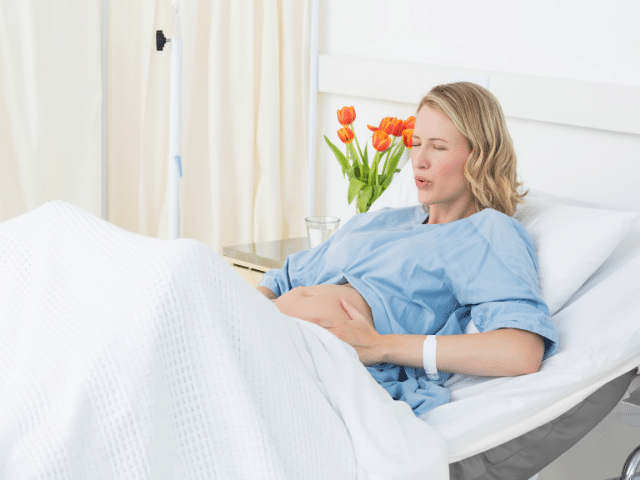Giving birth to a baby—it’s one of the most special moments in a mom and dad’s life. Most women, from New York City to Los Angeles and in between, will almost always opt for natural childbirth since, like its title suggests, it’s the more natural alternative. But it is also said to create more of a bond with the child.
Yet as “natural” as it is, natural childbirth is not without its potential dangers and/or complications, some of which can be caused by medical malpractice. Even in a city as large as New York City where sophisticated medicine and medical practices are abundant, mistake can and will happen.
Says the law professionals at The Barnes Firm, an injury lawyer in NYC, medical malpractice occurs when a doctor, surgeon, or nurse makes an error in treating, prescribing, or diagnosing to a patient. If you feel you are a victim of medical malpractice during childbirth in Manhattan, for instance, you just might be entitled to compensation so you can heal without the added burden of financial stress.
According to a recent publication on natural childbirth, having your baby vaginally is considered “a normal physiological process” for which a woman’s body was engineered to perform as a part of life’s natural reproductive cycle. In most cases, vaginal birth is considered a low-risk and even safe birthing method.
But it’s not without its risks, which is why being aware of the potential outcomes and advantages of all birth method choices can assist you in making an informed decision on how you wish to bring your child into this world.
Again, vaginal birth is considered low-risk, but even low-risk procedures are not performed without some degree of hazard. But compared to the major abdominal surgery that goes along with a c-section, vaginal birth might be the better selection if given the choice. C-sections are considered emergency surgery when it’s apparent both mother and baby face danger.
Here are some other risks a mother might face when going through natural childbirth:
Perineal Tearing
Located between the vulva and the anus, the perineum consists of soft tissue. This tissue can stretched during the birthing procedure and can even tear in some cases. Tearing is to be expected, but that doesn’t mean expectant mothers are not concerned with it.
Pelvic Floor Damage
Consisting of a grouping of muscles that are attached to the pelvis, the pelvic floor can be damaged under certain circumstances while going through natural childbirth. This can result in either temporary or even chronic pain.
Medication and physiotherapy are known to help heal a damaged pelvic floor. But all too often, women are undiagnosed as to the extent of the damage in the postnatal period. It’s possible they will be told by a physician or nurse that they just need time to heal. This can result in a case of medical malpractice.
It’s important to keep in mind, damage to the pelvic floor can occur from natural childbirth or even due to the weight of the baby during pregnancy. That means even women who undergo a c-section can suffer pelvic floor damage. This can result in painful intercourse later on.
Prolapse of the Pelvic Organ
On occasion, pelvic floor muscle damage can result in a total pelvic organ prolapse. This condition occurs when the rectum and/or uterus along with the bladder, “protrude into the vagina or outside the vaginal opening.” It is considered a very serious condition which can require surgery to repair.
Pelvic organ prolapse doesn’t just occur during natural childbirth, since it can also be caused by a heavyweight pregnancy. Both obesity and cigarette smoking have been directly linked to an increased rate of pelvic organ prolapse. But prolonged pushing of the baby or babies, assisted birth with forceps, and traumatic pelvic floor damage call all culminate in prolapse of the pelvic organ.
When the bladder falls into the vagina, it is referred to as a cystocele. Likewise, when the rectum descends into the vagina, it’s referred to in medical terms as a rectocele. Both conditions can vary in severity. However, while a severe prolapse will require a surgical procedure to rectify, both cystocele and rectocele are usually healed by physiotherapy, medication, and proper bedrest.
Persistent Vulvar or Perineal Pain
Persistent pain in the vulvar or perineal regions are usually the result of perineal tearing and/or pelvic floor damage. On occasion, this can occur without any trauma to the area that’s visible to the naked eye. But if the patient is still experiencing postnatal pain, it more than likely means nerve damage has occurred along with scarring from episiotomies or tearing.
If you are experiencing pain, you need to seek out advice from your medical provider right away.
Sources:
- https://www.ncbi.nlm.nih.gov/pmc/articles/PMC10601252/
- https://www.ncbi.nlm.nih.gov/pmc/articles/PMC4418963/













